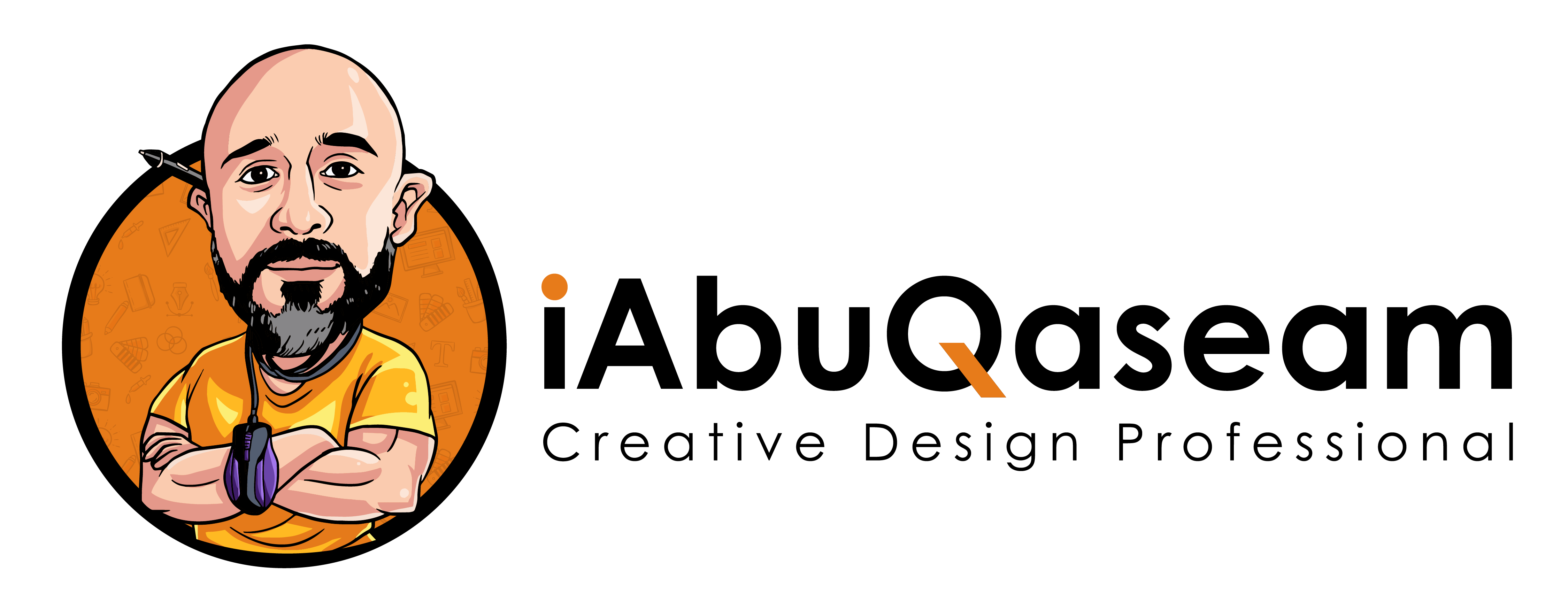Creative Design
Designers often use color to influence a viewer’s emotions and perceptions. For example, warm colors such as red and yellow are often used to stimulate excitement, while cool colors like blue and green can be used to create a feeling of calm. In general, light colors are associated with positive emotions, while dark colors are associated with negative emotions.
Color can also be used to create a sense of depth or hierarchy in a design. For instance, darker colors tend to recede, while lighter colors appear to come forward. This can be helpful when creating a sense of three-dimensional space on a two-dimensional surface.
Value is also an important consideration in design. Value refers to the lightness or darkness of a color. A color with high value will appear very light, while a color with low value will appear very dark. Values can be used to create contrast and visual interest in a design.
When working with color, it’s important to keep in mind that each color has its own unique meaning and associations. For example, red is often associated with energy and passion, while blue is often associated with calm and serenity. By understanding the different meanings and associations of colors, you can use them more effectively in your designs. The Impact of Color
When it comes to creative design, color plays a crucial role in persuading viewers. Colors can evoke certain emotions and feelings from viewers, creating an impact on the way they perceive a design. For example, blue is often associated with trustworthiness, while red is associated with passion and excitement. When combined strategically, colors can create powerful visuals that capture the attention of viewers and help deliver a message more effectively.
In addition to color, tonality is also very important in persuasive design. Tonality refers to lightness or darkness in a color, as well as its saturation (the amount of grey). Different levels of tonality can be used to create contrast between elements in a design, like using dark shades for text and light shades for backgrounds. This helps draw attention to the most important elements in a design and helps viewers focus on the message being conveyed.
Overall, color and tonality are both essential components of persuasive creative design. They can be used together to create powerful visuals that draw attention and convey messages more effectively. With careful consideration and strategic use of these elements, designers can ensure their designs will make an impact on their audience. When it comes to creative design, there are few companies that can rival ours. We believe in pushing the boundaries and creating designs that are truly unique. Our team of designers is constantly coming up with new ideas and concepts, and we love seeing our clients’ reactions when we present them with something they’ve never seen before. If you’re looking for a company that can provide you with creative design that stands out from the crowd, look no further than us. Design is all around us, and it affects our daily lives in so many ways. Good design can make a huge difference in terms of how we feel and function in our everyday lives. It can brighten up our day, make us feel more productive, and help us to find beauty in the world around us. There are a lot of different ways to be creative, and it often depends on what you’re trying to create. Whether you’re designing a website, a piece of art, or just trying to come up with a new idea, being creative is all about thinking outside the box. The best way to do this is to take some time for yourself, clear your mind, and let your imagination run wild. Once you’ve come up with some ideas, it’s important to then evaluate them and see if they’re feasible. After all, not every idea is going to be a winner. But by being persistent and always looking for new ways to be creative, you’ll eventually find the perfect solution for whatever it is you’re trying to create.


